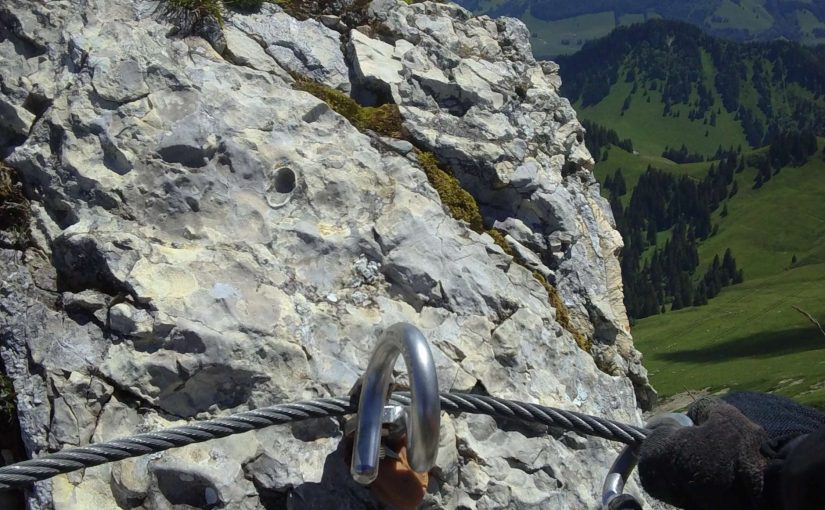Month: July 2016
-
A Rock Crawler and Wildlife Film Making
Reading Time: 2 minutesWhen Gordon Buchanan was following bears in the United States we watched the resulting documentaries on television. We have seen him a number of times in episodes of countryfile as well. Now he is working on getting footage of wolves in the wild. For this project he is staying out in the…
-
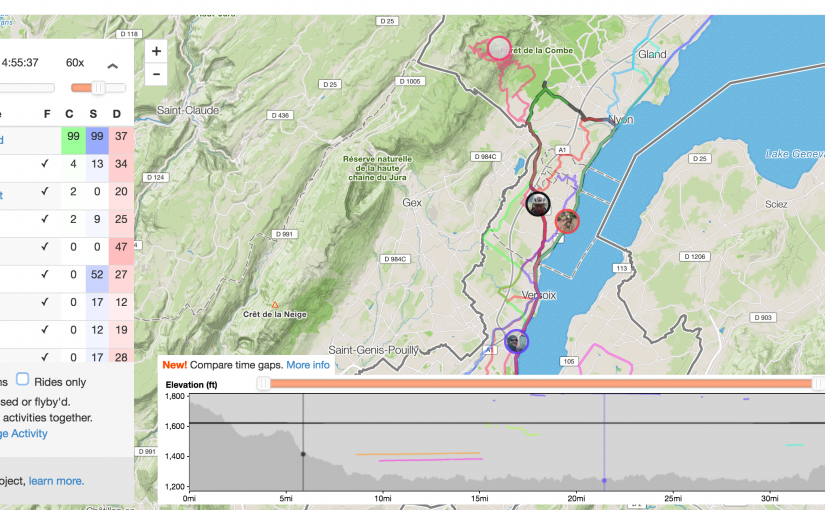
Cycling to Geneva and back
Reading Time: 2 minutesCycling to Geneva and back is a relatively short route. It is a 60km round trip. Two things make this ride more challenging. The first is the wind if it is blowing against you and the second is the need to cycle uphill. This is true of all cycling in this part of…
-
“Why We Voted leave: Voices from Northern England
Reading Time: 3 minutesThis short video provides us with voices from Northern England. We hear about the closures and about the strikes that took place decades ago. We hear superficially about migration but the key message is that the North feels abandoned by the South. The North has been fed the message that austerity is…
-
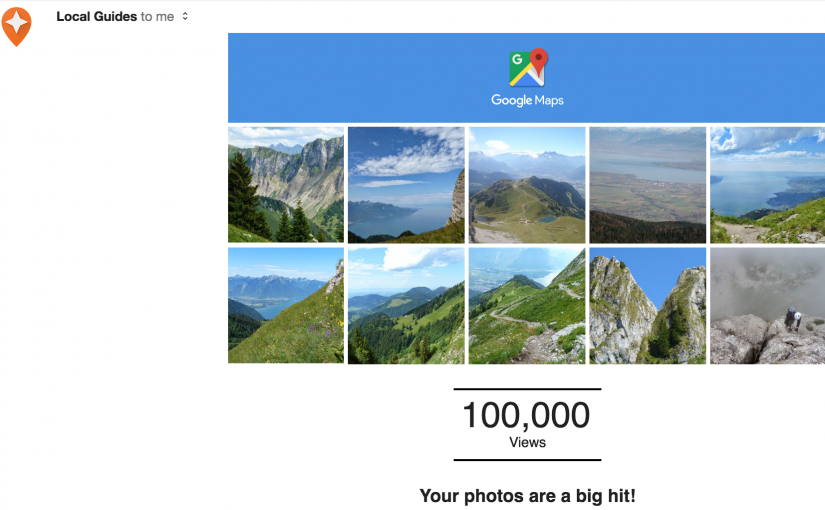
Google Local Guides and I
Reading Time: 2 minutesGoogle Local Guides and I are mutually beneficial. I love to go up to the mountains and document their beauty and Google Local Guides needs images and reviews. I have been sharing images with Google Services for several years but it Google Local Guides is relatively recent. When I was added to…
-
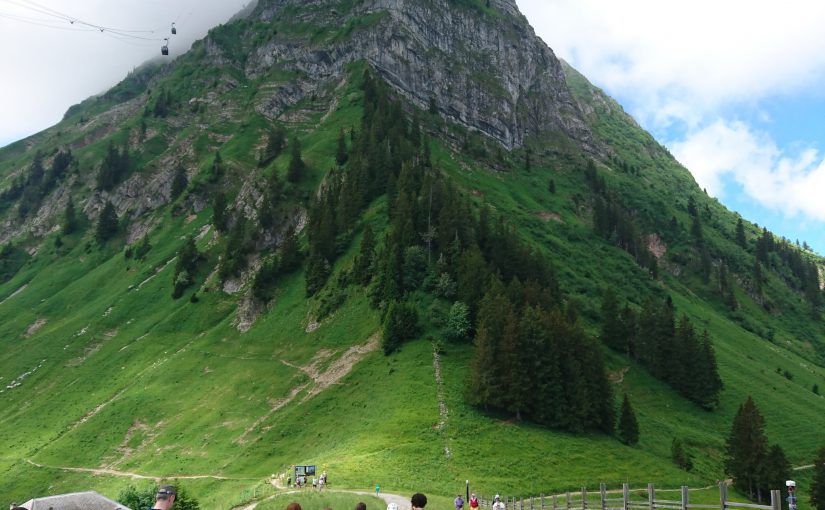
Via Ferrata with Climbing Shoes
Reading Time: 2 minutesToday I tried a Via Ferrata with Climbing shoes. With a group we went to the Moléson which you see in the picture below. This mountain stands in the middle and has fantastic views on to Neuchatel, the Lac Leman, Bulle and more. The drawback is that this mountain is often in…
-
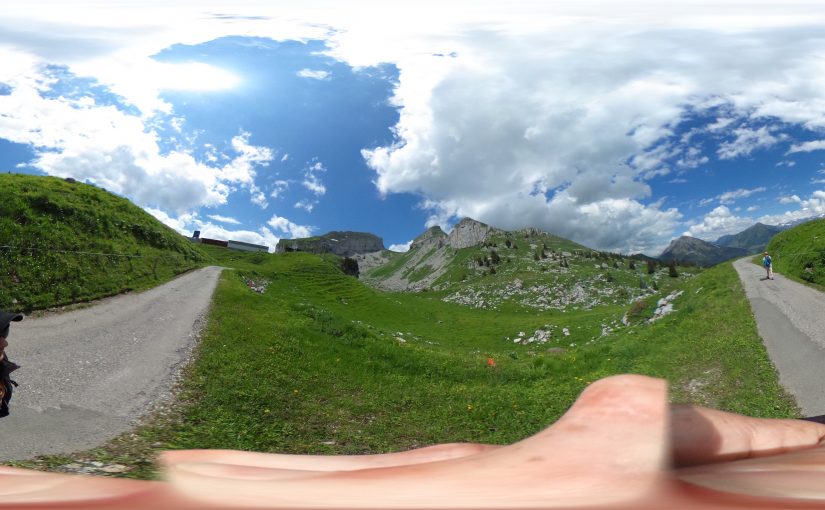
360 photos of Via Ferrata
Reading Time: < 1 minuteYesterday I was up above Leysin climbing the Tour D’Aï via Ferrata. It was an opportunity for me to take 360 photos of Via Ferrata. The beauty of panoramic pictures is that they provide you 360° of vision both vertically and horizontally. It means that you can get a sense of…
